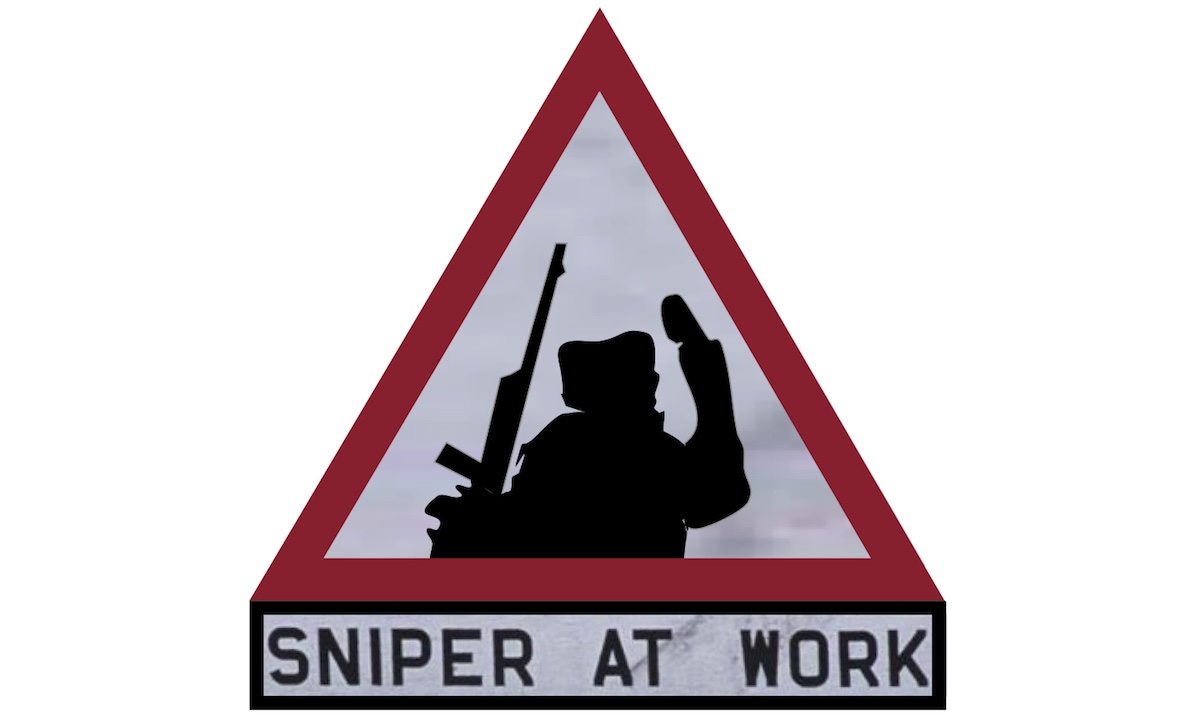One Shot, One Kill
Dec 11, 2020 14:30 · 906 words · 5 minute read

The descent of a once-peaceful republic into blood and chaos happened quickly. It took place over a year or two, after police stepped aside while mobs set up barricades, torched homes, and eventually started shooting their political enemies.
The year was 1969. Northern Ireland’s centuries-old conflict between Catholics and Protestants had reignited. British security forces sided with the Protestants.
A 1990 book titled The Dirty War describes how the Catholic population in the North was “left at the mercy of Loyalist mobs.” Violent Protestant mobs invaded Catholic neighborhoods as police found somewhere else to be.
“Protestant paramilitaries operated freely and often manned road blocks” with the government’s tacit consent. “I remember as a journalist watching policemen stand idly by while Loyalists set alight Catholic-owned business premises in North Belfast… The Loyalist paramilitaries claimed the murder of innocent Catholics was part of a self-righteous policy of revenge.” By 1972, “murder squads were stalking the streets” and Catholic families were packing up and moving to escape the violence.
This history will be of mere academic interest to Americans, who are blessed with a criminal justice system that will never weaponize the law or let criminals go free. We will never experience political migrations to escape chaos in cities. We will never contemplate secession, insurrection, or civil war.
Irish Catholics realized that if the government would not protect them, they’d need to do it themselves. The Provisional Irish Republican Army, better known as the IRA, was the result. Membership of their Belfast branch skyrocketed from 50 people in 1969 to over 1,200 by 1971.
When the Troubles first became a shooting war, the IRA was able to rely on unsophisticated tactics. British soldiers and police called the Royal Ulster Constabulary wore visible uniforms and walked a predictable pattern.
This made them easy targets for IRA snipers, as described in a 2008 book titled Fry The Brain: The Art of Urban Sniping and its Role in Modern Guerrilla Warfare.
Snipers preferred intersections for ambushes because the shot could be made from any of four directions. That made it more difficult for the British patrol to identify the sniper’s location and return fire. Another IRA tactic was to shoot the last member of a patrol walking through the intersection, after the rest had moved on and could not see where the shot originated.
An IRA leader named Sean MacStiofain is credited with establishing the one shot, one kill rule. An IRA sniper would never take a second shot, even if he missed. MacStiofain wrote in his memoirs that the one shot rule meant the sniper “turned up, struck once, and vanished, presenting no target in return.”
British authorities responded in 1981 with a 38-page gun confiscation order. It said anyone who “has in his possession” an unlicensed firearm or ammunition “shall be guilty” of a crime.
Licenses to posses a firearm would be granted only to people with “a good reason” who “can be permitted to have that firearm or ammunition in his possession without danger to the public safety or the peace.” They lasted three years and could be revoked at the discretion of the authorities. Ballistic tests could be conducted at any time.
Other lessons from the Troubles:
-
Snipers were most effective early on. The British forces adapted by switching to sniper-proof guard towers, armored vehicles, and helicopters. Soldiers were issued body armor and helmets. The British forces also employed counter-snipers.
-
Snipers were responsible for about 220 deaths and about 1,100 non-fatal casualties. But those represented only 11 percent of all British police and military casualties claimed by the IRA. The rest came from improvised explosive devices, car bombs, drive-by shootings, and close-in assassinations.
-
The IRA pioneered conducting a sniper attack from inside a vehicle. One team used a Barrett .50 caliber rifle inside a Mazda 626 hatchback. The shooter would lie prone and fire through a one-foot shooting port in the rear of the vehicle. After the shot, a metal shield would be moved into place as armor.
-
The British Military Reconnaissance Force, attached to 39th Infantry Brigade, ran a laundry business. The Four-Square Laundry was a front organization that existed to conduct reconnaissance and run forensic tests on clothing belonging to suspected IRA members. The IRA learned about it and wiped it out in a daylight attack by three gunmen with a Thompson sub-machine gun, an M1 carbine, and a .45 semi-automatic handgun.
-
The IRA used honeytraps. In one example two young women, who appeared to be between 18 and 22 years old, frequented the lounge bar of the Woodlands Hotel. They lured British soldiers to a nearby apartment, and excused themselves briefly. Two IRA gunmen burst in and assassinated the soldiers.
-
Protestant newspapers served as anti-Catholic propaganda outlets. In 1971, one published a letter referring to Catholics as “animals crawling into Ulster.” It said: “You’ve got to fight fire with fire, and personally I don’t think they’ve enough fire to make the animals sweat.” Loyalist News said Catholics wanted to “enslave the people” and recommended Protestants “organize themselves immediately.”
Unlike our peaceful republic, Northern Ireland was plagued by a left-wing paramilitary organization that targeted peaceful Irish families. Politicians dialed up the rhetoric by blaming Catholic deplorables for anti-government sentiments, and media organizations worked to dehumanize their opponents. Normal Americans must be shaking their heads at how Northern Ireland’s justice system allowed barricades to go up in cities.
We are more fortunate. That could never happen here.
- An Increasingly Fragile Empire
- When Trump Supporters Become 'Terrorists'
- Awomen to That
- The Purge of the Deplorables
- Peace and Healing Through Gun Bans
- The New Domestic Terrorists
- Have A Merry Unchristmas
- 5,593 pages
- "If The President Signs One Piece Of Paper"
- Stumbling Toward National Divorce